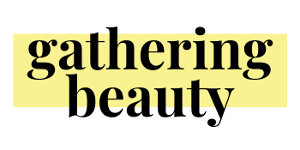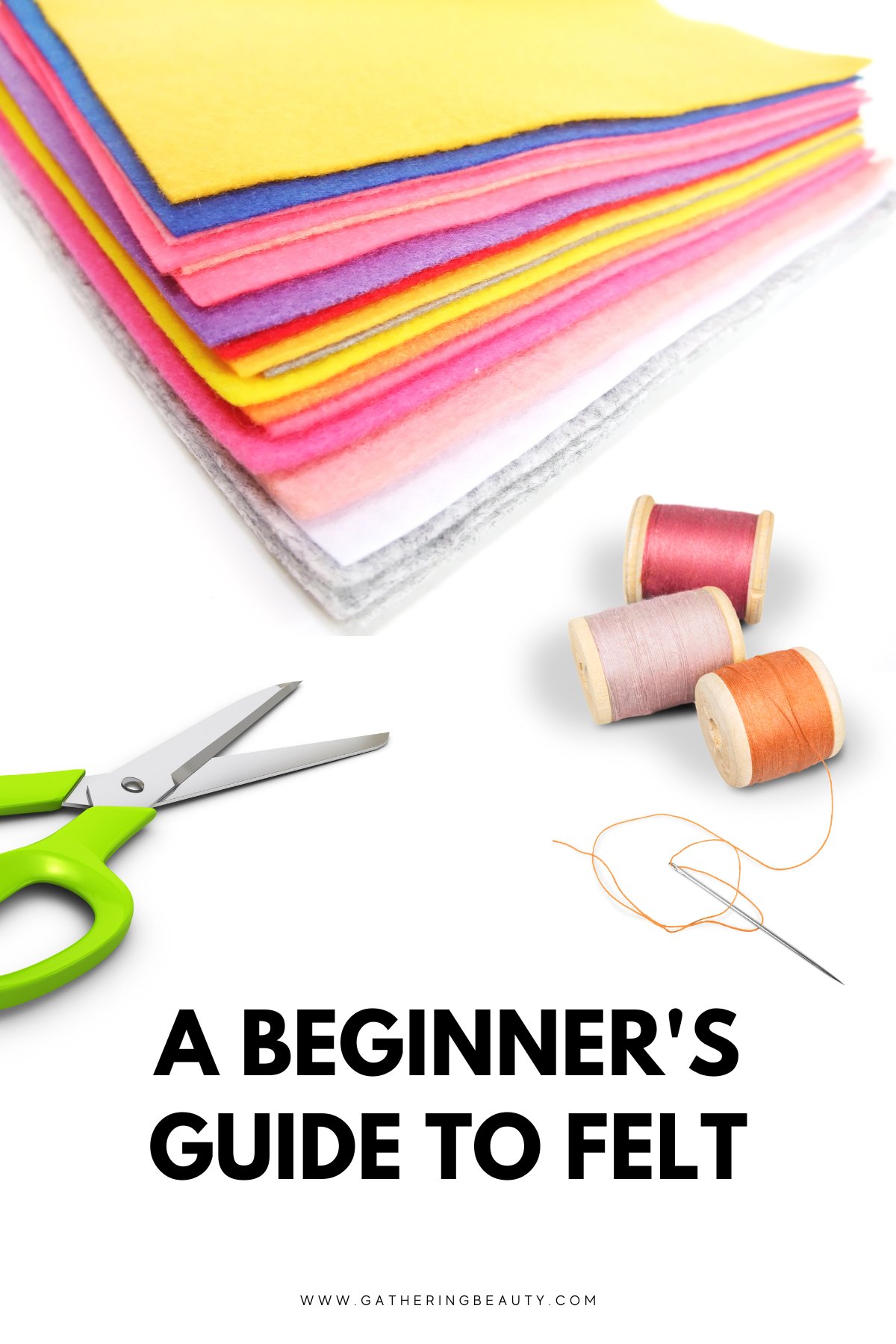Best Types Of Felt For Crafting
/When it comes to felt, there's no shortage of options to choose from. Wool felt, synthetic felt, acrylic and craft felt to name a few.
Check out our guide on what felt is, its different types, and how to use them for your crafting projects!
This page contains affiliate links. This means that if you make a purchase after clicking a link I earn a small commission but it doesn’t cost you a penny extra!
Types Of Felt.
Today I'm excited to share all about my new favourite crafting material: felt! It's a versatile material that can be used in so many different ways, from creating cute flowers, accessories and wreaths to adding a pop of colour to your home decor with personalised bunting.
There are so many benefits to using felt. It doesn't fray so makes a great practice material for kids who want to learn sewing. It's inexpensive to buy and can be found in nearly every craft store.
But did you know that there are many different types of felt? Each one is suited to a different kind of craft. Let's dive in and explore the various types of felt you can use in your next project!
Related: The Best Glue For Felt
What Is Felt?
Felt is a type of non-woven fabric that is produced by compressing and matting different types of fibres together. Layers of fibres are joined together using heat, moisture and pressure to make the felt.
Traditionally made from sheep's wool it can also be made using natural or synthetic fibres or a combination of them both. It comes in a number of different colours, textures and thicknesses.
You can cut it into any shape with a pair of sharp scissors. It is very versatile as it can be sewn, glued, embroidered and embellished. This makes it ideal to be used in a wide range of DIY and craft projects.
Wool Felt.
First up, we have wool felt. It's the most common type of felt fabric. Made from wool fibres it's a soft, durable fabric, that comes in a wide range of colours and thicknesses.
It doesn't pill, unlike other types of felt, so it's perfect to make soft toys, costumes, cushions, blankets or other home decor items that will get a lot of use.
100% wool felt may be a bit more expensive than other types of felt, but trust me, the quality is worth the investment. Plus, it's a natural fibre, which makes it an eco-friendly choice!
Synthetic Felt (also known as Craft Felt).
Next, we have synthetic felt. This type of felt is made from non-natural fibres like polyester, nylon, or acrylic. Depending on the quality it can be a lot thinner than other types of felt.
It is a budget-friendly and versatile option that is commonly used in crafting, especially for beginners or those who are looking for an easy-to-work-with material.
Synthetic felt is usually less expensive than wool felt, which can make it a more cost-effective option for larger projects. It's also available in pre-cut shapes and sheets, which are perfect for quick and easy crafting.
Acrylic Felt.
Acrylic felt is a type of synthetic felt made from acrylic fibres. It's made from acrylic fibres and is available in a wide range of colours.
Although it's not as durable as wool or synthetic felt, it's a budget-friendly option that's perfect for creating cute decorations, felt ornaments and costumes for parties. Plus, it's super easy to work with and perfect for beginner crafters!
Warning, do not iron this type of felt as it will melt!
Blended Felt.
Wool blend felt is made from a combination or blend of wool and synthetic fibres, offering the benefits of both materials. It's often used in cases where durability and softness are important, such as clothing, accessories, and home decor.
This type of felt can also be more cost-effective than pure wool felt. You can use it to make pillows, coasters, tablecloths and patterned sewing using wool felt.
When working with a wool blend felt, it's important to note that the wool content can cause it to shrink if exposed to high heat. Therefore, it's best to hand wash blended felt in cool water and lay it flat to dry
Eco-Friendly Felt.
Eco-friendly felt is often made from recycled materials like polyester fibres made from recycled plastic bottles. It looked and feels very similar to polyester felt but can be slightly stiffer.
It can also be made using a bamboo and rayon blend. As bamboo is a fast-growing and renewable resource that requires no pesticides or fertilizers to grow.
By using these materials, eco-friendly felt reduces the environmental impact of felt production, making it a more sustainable choice.
Needle-Punched Felt.
Needle felting is a technique that involves using a special felting needle to interlock or punch wool fibres, creating a dense and sturdy felt material. It's best to use a specific type of wool called "roving."
Wool roving is a long and narrow bundle of wool fibres that have been processed and combed to create a consistent texture and thickness. It can also be made using a blend of synthetic and wool fibres.
The needle felting process can be used to create a wide range of objects, from small figurines and jewellery to larger pieces such as hats, bags, and clothing. This a great starting kit if you want to have a go.











